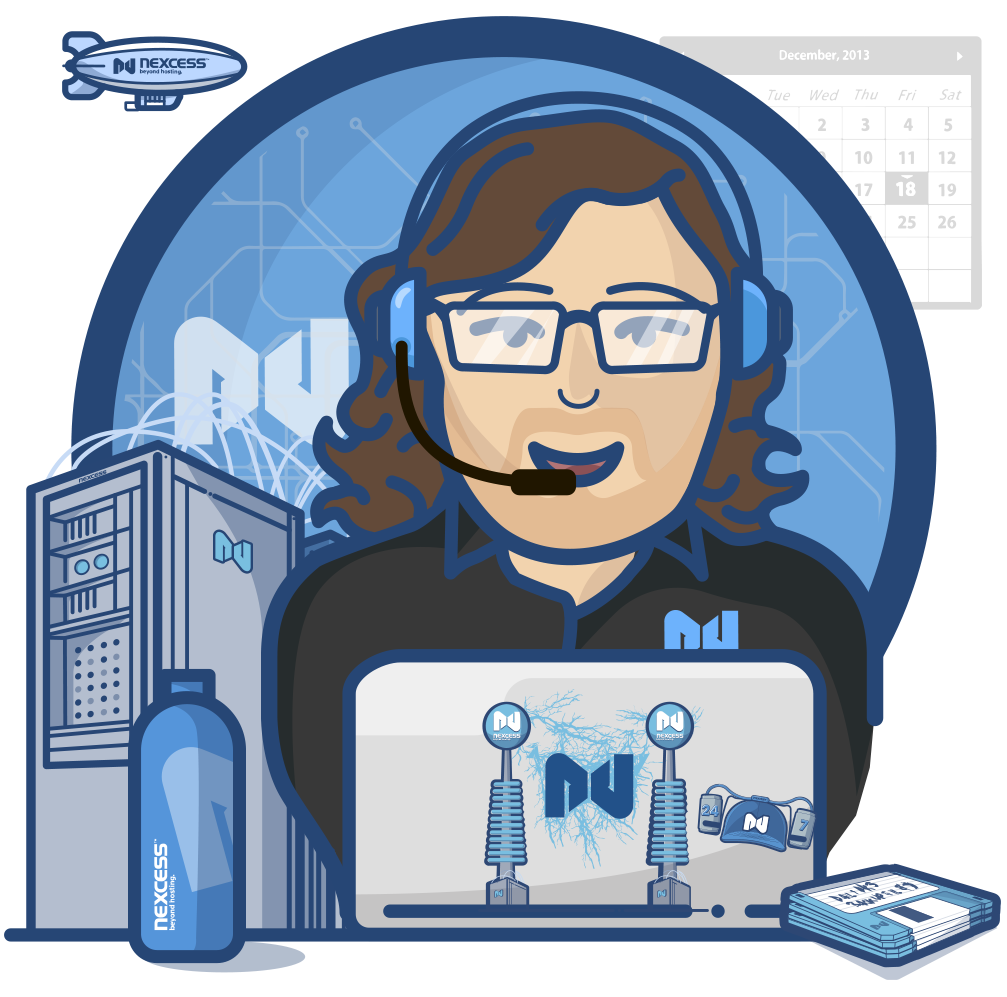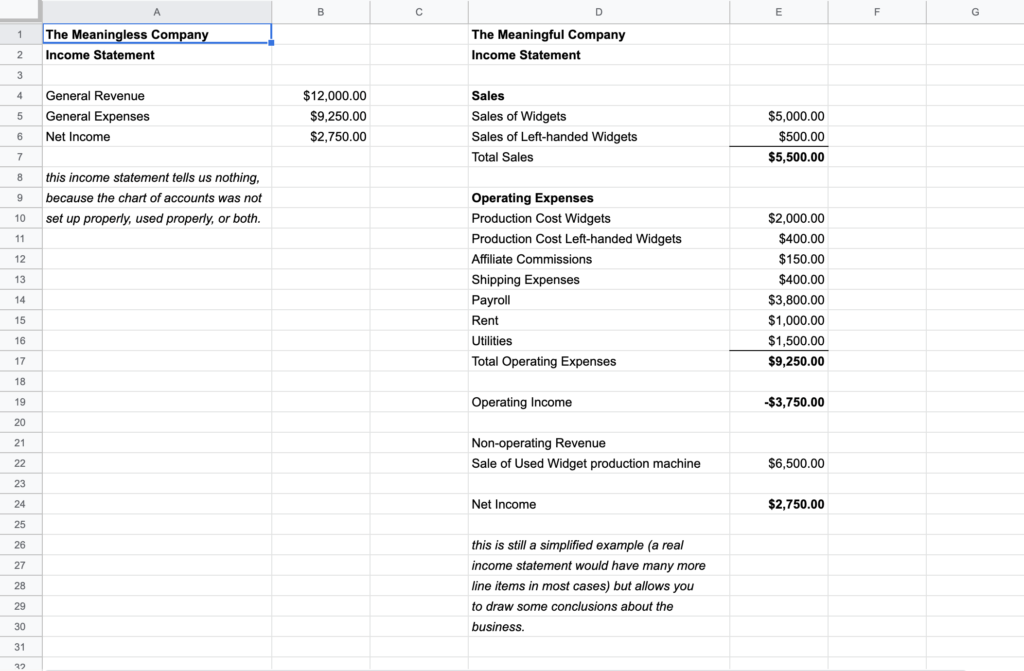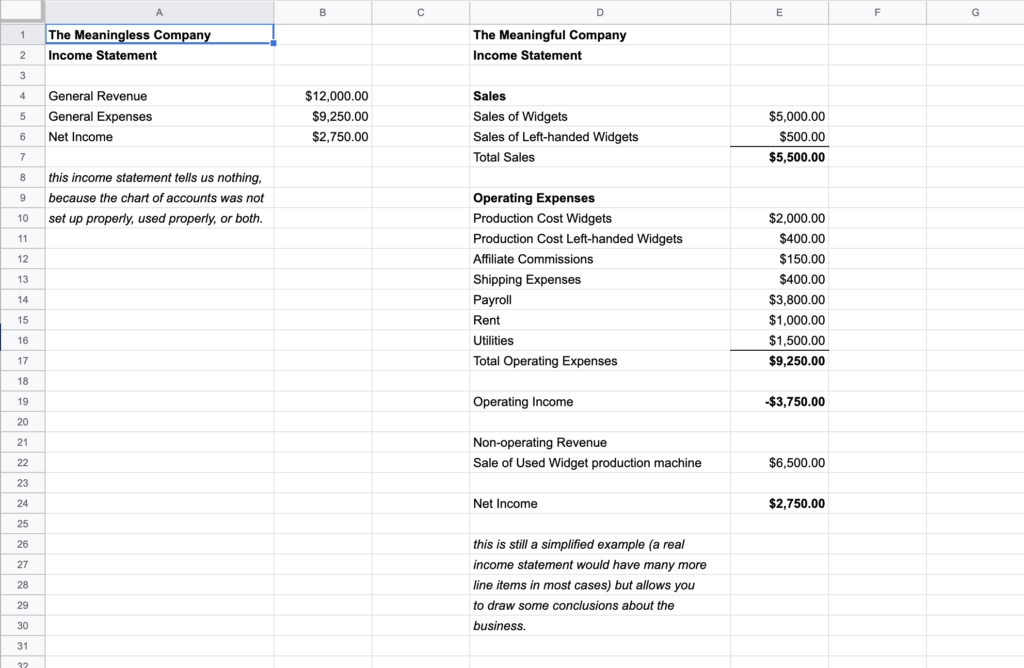Hostdedi Magento Cloud vs. Magento Commerce
One of the misconceptions about Magento is that you have to use Magento Commerce for hosting. Or that they are one and the same thing. Magento Commerce hosting for your Magento store is built by Adobe and includes powerful features (modules) like page building progressive web applications (PWAs). Hostdedi Magento Cloud is hosting for your Magento store with features for professionals like high scalability, staging websites, and PCI compliance.
In this post we’re going to clear up the misconceptions between these two very different platforms.
Magento Commerce was created about two years ago after Magento was sold to Adobe. It’s their official solution for hosting Magento and it has a lot of good things going for it:
- Magento Commerce includes common functionality for your Magento store
- They allow progressive web apps (PWA)
- They have a cloud based infrastructure for scalability
But it’s important to remember that Adobe, even though they own Magento, is the new kid on the block. They’re still learning how to build & optimize the infrastructure needed to power a Magento site.
Building a Solid Infrastructure
Magento Commerce is great at including product features. But they’re still building their entire stack on someone else’s infrastructure. What does that mean?
It means, if you have a problem you first have to bring it to Magento Commerce. And they have their standard Service Level Agreement (SLA) to respond to you. If in that time, they discover a problem with the underlying infrastructure, they’ll submit a ticket to the company that maintains their infrastructure.
So your SLA is built on top of the SLA from another company. That means solving any potential problems could take twice as long. Not great if you have a problem that negatively impacts your store and you lose money every minute it’s not fixed.
Hostdedi Magento Cloud is built on our own infrastructure. Hostdedi has one SLA, and because we own the infrastructure, we can solve all of the problems ourselves and we don’t need to rely on any other companies. This means less finger pointing, more informed support, and faster resolution.
Experience
The other big difference between Hostdedi Magento Cloud and Magento Commerce is that we aren’t brand new to this space. Magento was literally built on our servers back in 2007 – before Magento v1 was even released (Magento v1 was officially released March 2008).
We saw the opportunity of Magento back in 2008 when brick & mortar stores first started moving online to avoid the worst of the Great Recession. We helped brand new stores get started with Magento and we learned a lot about it in the process, like exactly how many PHP workers were needed, what caching systems were most effective, and which Magento settings are worth enabling. We distilled everything we knew to create the very first Magento specific hosting solution.
We also wrote the book on Magento Best Practices and shaped the Magento community by recommending Nginx instead of Apache (which for a company specializing in LAMP stack is pretty radical). We’ve improved and continued optimizing and put out a new book for Optimizing Magento 2.
Contributing Open Source Libraries
Besides optimizing hosting for lightning fast websites, Hostdedi also created Turpentine which was the first varnish cache for Magento. You can take advantage of this on any hosting that uses varnish.
We also created security extensions and continue to contribute to Magento core.
Plan for Exploding Growth
Most hosts, including Magento Commerce, give you a certain number of resources that you must remain within. If you go over a bandwidth threshold you might have to pay more – or if you have too many people on your site at a time, it slows down to a crawl.
Hostdedi created our first Magento plan during a time when everyone was getting online and then immediately started outgrowing their small plans. We’ve also been around for over a dozen Black Fridays so we’re used to seeing retailers needing extra resources on demand. That’s why we built auto scaling into all of our plans.
If you have a post that goes viral or your Black Friday sales really take off, we have you covered with additional PHP workers which keep your website snappy and your visitors happy.
Conclusion
Adobe Magento Commerce includes a lot of nice product features and it can be easily managed in the cloud. But Hostdedi Magento Cloud is both more established and leads the way with the most efficient & affordable infrastructure you can find.
Patrick Rauland is obsessed with ecommerce. He’s built ecommerce websites for clients, worked for WooCommerce doing support, development, product management, and helped plan their yearly conference (WooConf).
He now helps people by writing on his blog, creating courses for LinkedIn Learning, and by writing books like WooCommerce Explained & the WooCommerce Cookbook.
Patrick is also the co-founder of WooSesh, an online conference for WooCommerce developers and store owners.
Patrick lives in Denver Colorado where you can probably find him at a local coffee shop typing away.
















